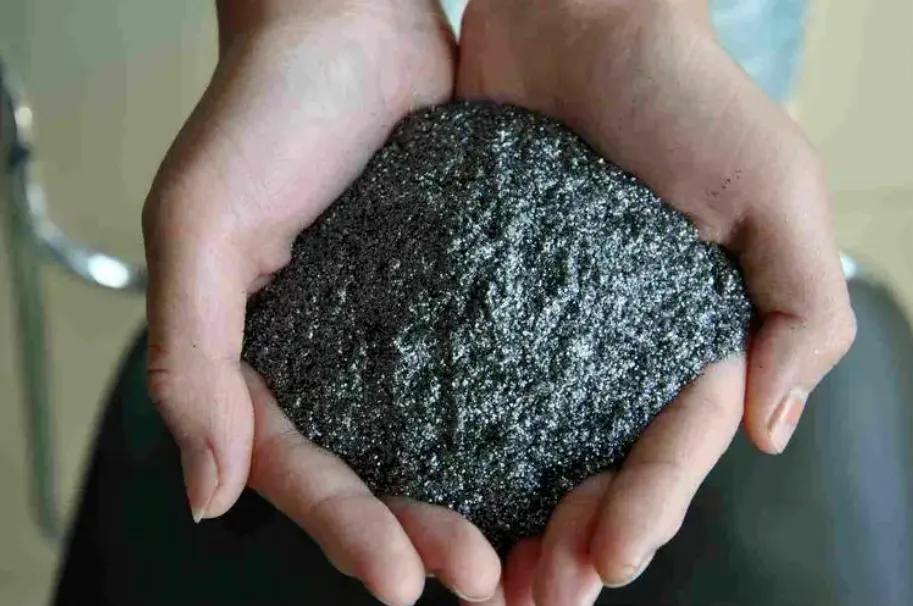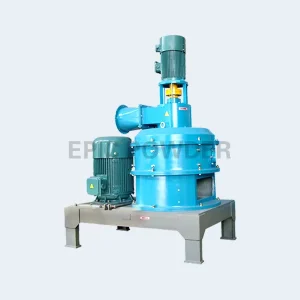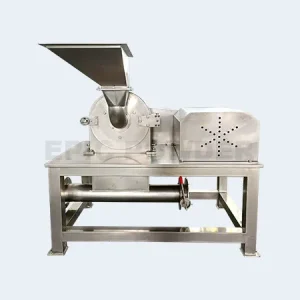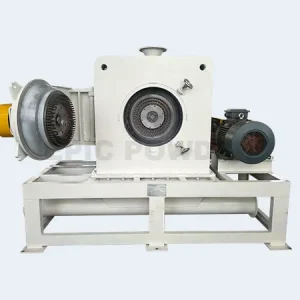The difference between graphitization and carbonization lies in their processes and outcomes in the treatment of carbon-containing materials. Carbonization is the thermal breakdown of organic materials without oxygen. It produces a carbon-rich char. This process typically occurs at lower temperatures and focuses on removing volatile components. In contrast, graphitization transforms carbon into graphite. It uses a high-temperature treatment, usually above 2500°C. This improves the carbon’s structure and conductivity. Carbonization makes a carbonaceous solid. Graphitization yields a crystalline carbon. It is suitable for advanced materials and electronics.
Graphitization and carbonization both convert carbon-containing materials into a form of carbon. But, there are key differences between the two processes:

What is Graphitization?
Graphitization is an industrial process where carbon is converted into graphite. This is a change in the structure of small materials. It happens in carbon or low alloy steels. They face 425 to 550 degrees Celsius for a long time, like a thousand hours. It is a type of embrittlement. For example, the microstructure of carbon-molybdenum steels usually contains pearlite. Pearlite is a mix of ferrite and cementite. Graphitizing this material causes the pearlite to split into ferrite and scattered graphite. This makes steel brittle. The particles are randomly spread in the metal. This reduces its strength a bit. We can prevent graphitization. We do this by using resistive materials. They are not as sensitive to graphitization. We can also prevent graphitization by changing the environment. For example, we can raise the pH or cut the chloride content. There is another way to prevent graphitization, which involves the use of coatings. Cathodic protection of cast iron.
What is Carbonization?
Carbonization is an industrial process in which organic matter is converted into carbon. The organic matter we ‘re considering here includes both plants and animal carcasses. The process occurs by destructive distillation. It is a pyrolysis reaction. It is considered a complex process. Many chemical reactions occur in it at the same time. For example, dehydration, condensation, hydrogen transfer, and isomerization. The carbonization and charring processes differ. Charring is faster. Its reaction rate is many orders of magnitude faster. In general, heat controls carbonization degree and the leftover foreign element content. For example, at a temperature of 1200K, the residue is about 90% carbon by weight. At a temperature of 1600K, the residue is about 99% carbon by weight. In general, carbonization is an exothermic reaction. We can either make it self-sustaining or use it as an energy source. And it forms no carbon dioxide. But, if the material is exposed to sudden heat, like in a nuclear explosion, it burns fast. It turns into a solid carbon.
What is the Difference Between Graphitization and Carbonization?
Graphitization and carbonization are industrial processes. They involve carbon as a reactant or product. But carbonization turns organic matter into carbon. Graphitization turns carbon into graphite. Hence, carbonization is a chemical change, whereas graphitization is a microstructural change.
Graphite crushing and powder-related equipment
Qingdao Epic Powder Machinery Co., Ltd. is a professional powder equipment manufacturer. The products include: jet mills, ball mill, air classifiers and modifiers. Surface coating equipment from Qingdao Epic includes: pin- mill modifier, turbo- mill modifier, three-roller modifier and multi-rotor -mill modifier.
If you have any related needs or questions, please contact Qingdao Epic directly.



